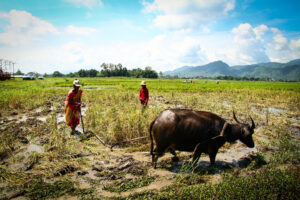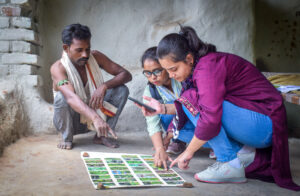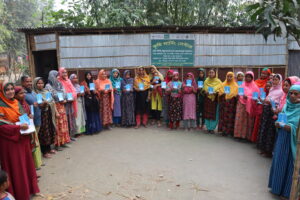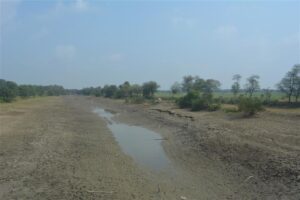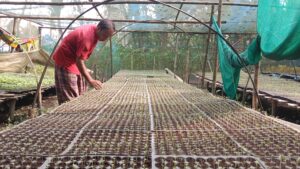By Bushra Humaira Sadaf
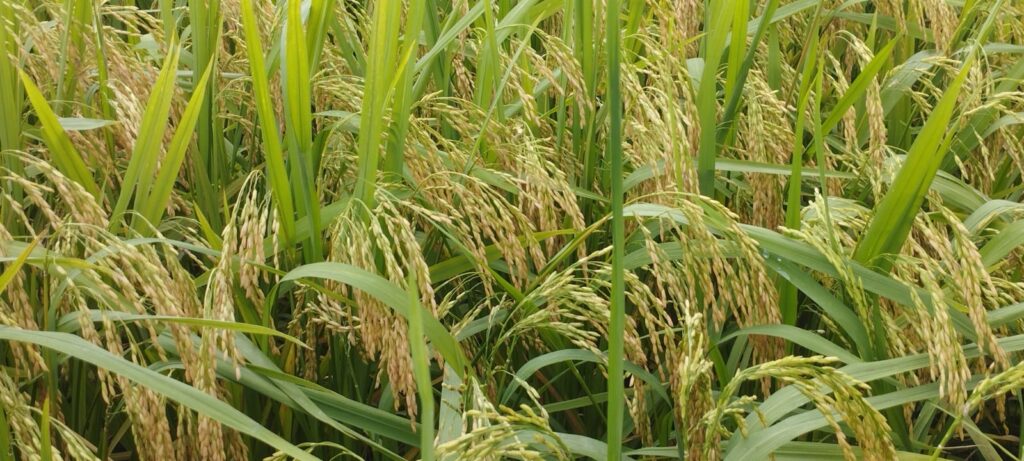
Arsenic in rice has long been linked to contaminated irrigation water, especially in the dry-season Boro crop. But new research in Bangladesh which covers 943 sites shows that rainfed systems also play a role, and understanding this better can help shape safer, more sustainable rice production.
The study recently done by IRRI and Cranfield University looked at three rice seasons: Boro (irrigated), Aus (rainfed, short-duration during the monsoon), and Aman (rainfed, longer-duration into the dry season). Results showed that arsenic permitted threshold in rice grain were lowest in Aman, higher in Boro, and highest in Aus. Importantly, Aman rice was very safe, with only 2% of samples above international food safety limits. Boro and Aus rice had higher percentages, at 25% and 41% respectively.
Why Aus? The answer lies in rainfall. Aus grows right in the heart of the monsoon. Heavy flooding creates conditions in the soil that make arsenic more soluble and available to the rice plant, especially during the critical grain-filling stage. This shows that rainfall patterns, not just irrigation, can influence how much arsenic rice absorbs.
The findings also highlight opportunities. Since soil arsenic levels alone were not a strong predictor of grain contamination, management practices and breeding could make a difference. Although this survey found little variation between rice varieties, other studies have identified varieties that naturally take up less arsenic. This opens the door for breeding solutions tailored to rainfed systems.
With growing pressure on groundwater, many countries are looking again at rainfed rice to meet rising demand. This study shows the value of focusing not only on productivity, but also on food safety. By combining better water and soil management with innovative breeding, rainfed systems, we can continue to contribute to secure, safe, and sustainable rice supplies for millions of people.
Read more on the research:
Arsenic contamination of rainfed versus irrigated rice
Ben Ingram, Muhammad Ashraful Habib, Sarah E Johnson-Beebout, Cecilia Acuin, Ron Corstanje, Robert W Simmons, Guy J D Kirk
https://pubmed.ncbi.nlm.nih.gov/40691966/

